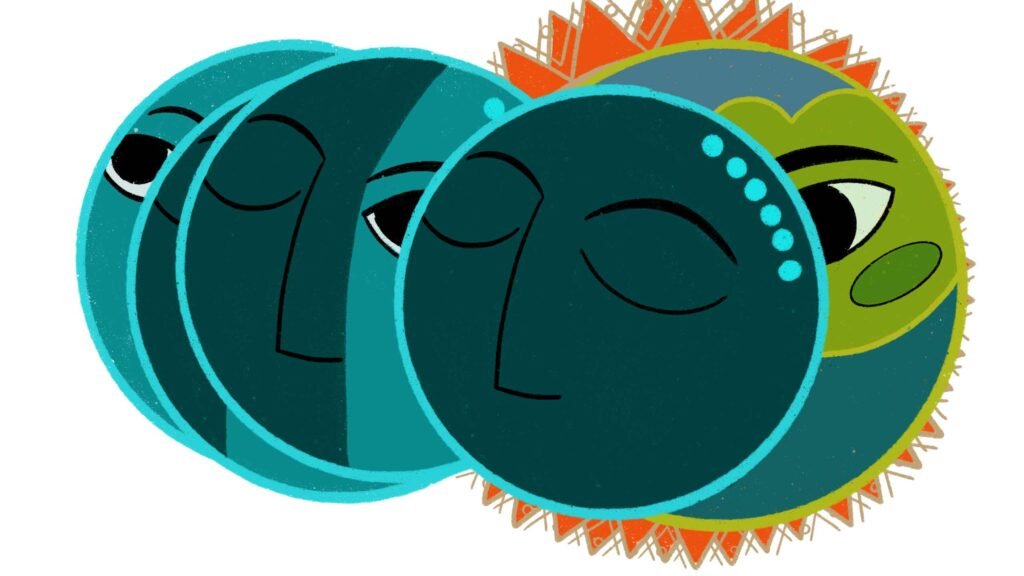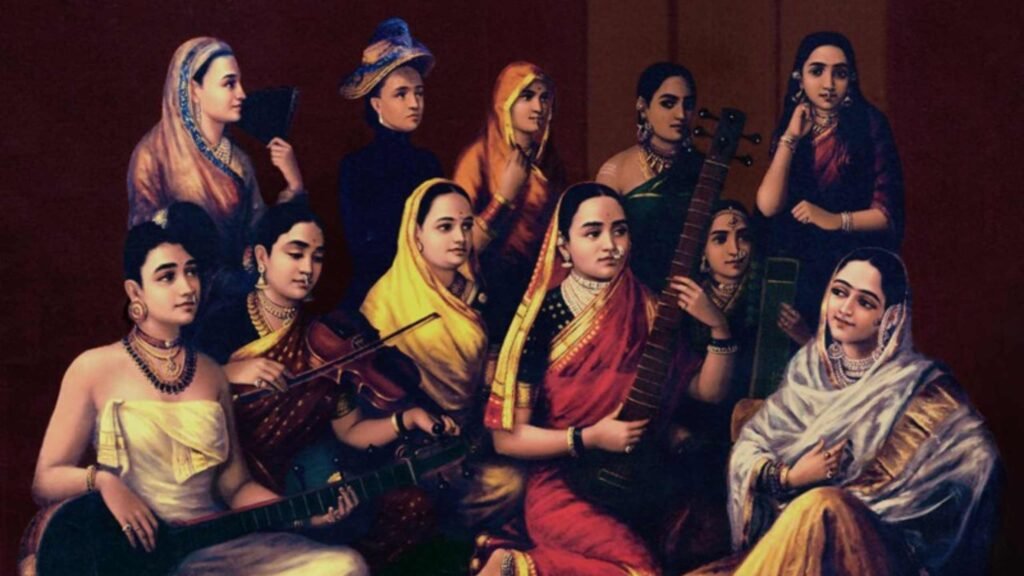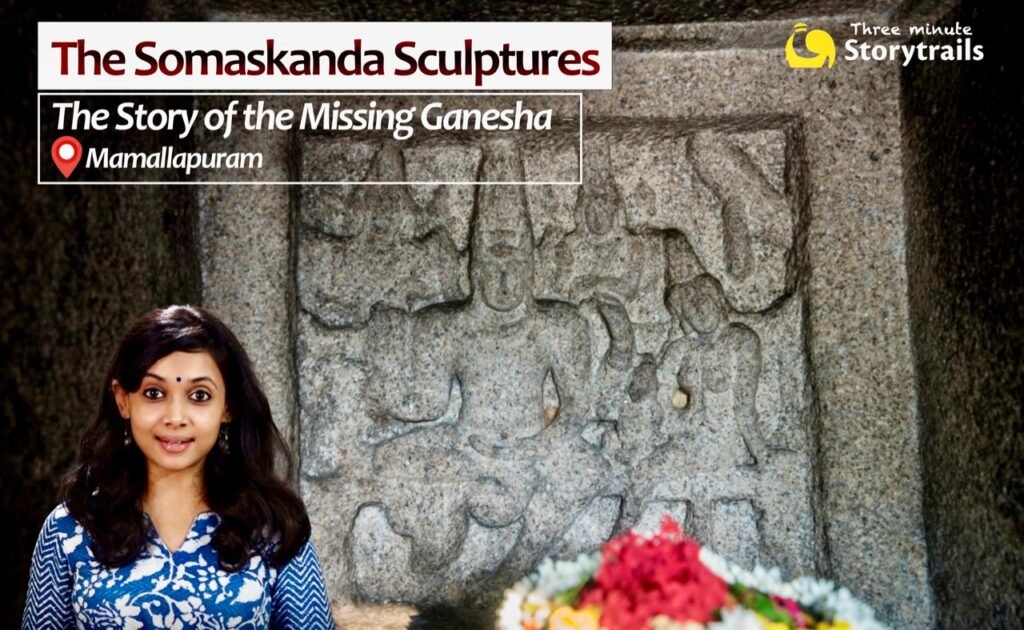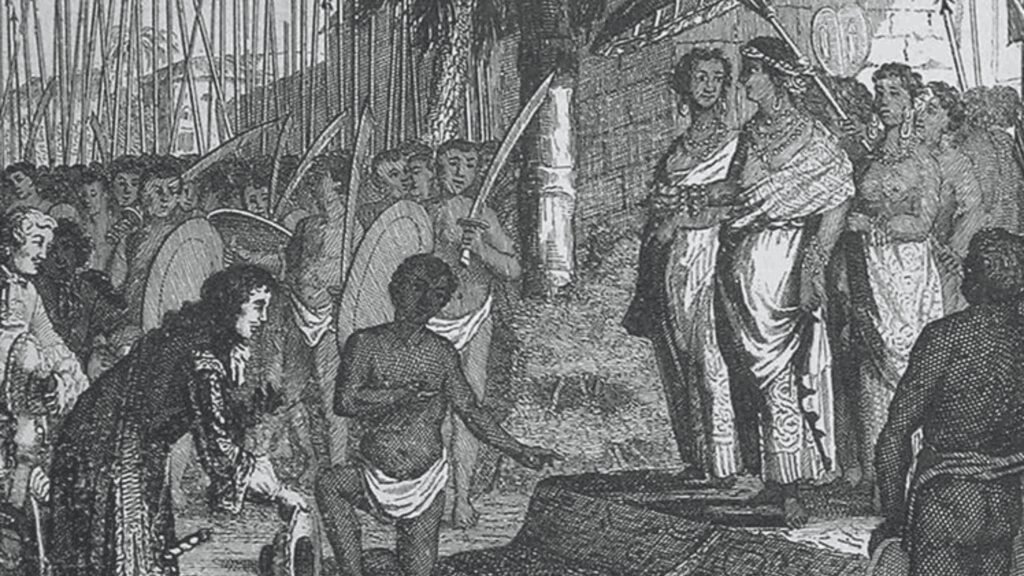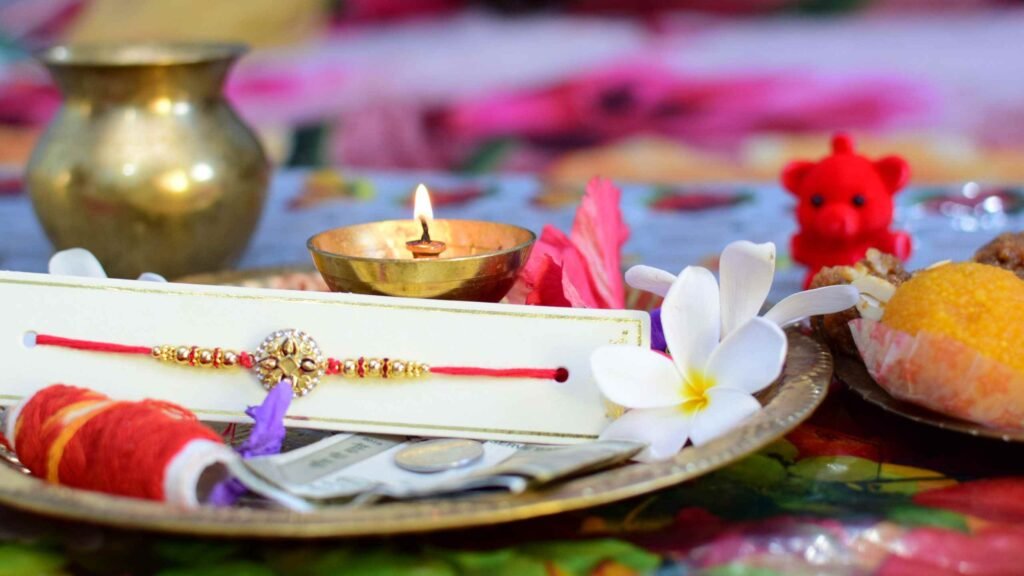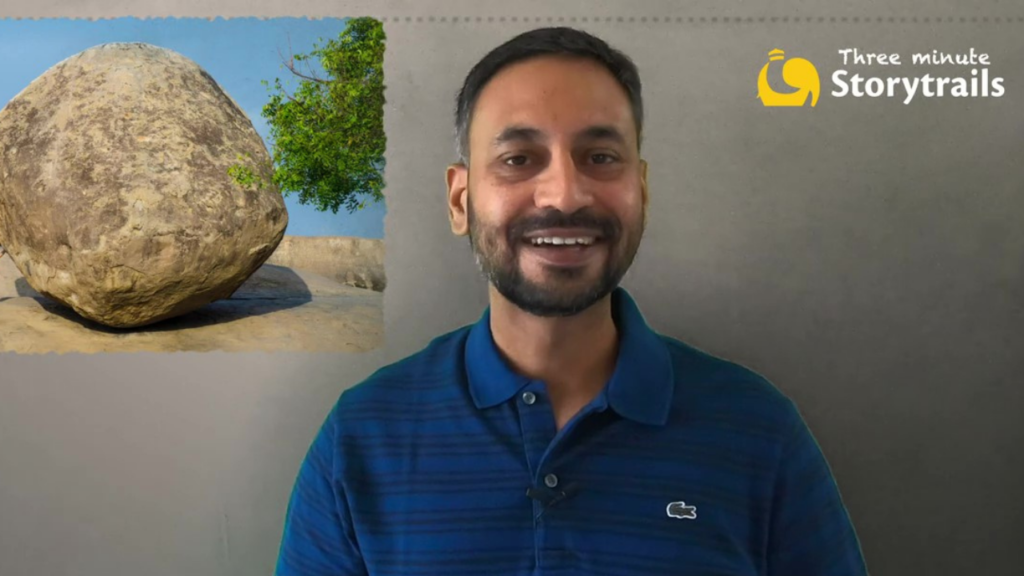The Varaha Mandapa at Mamallapuram in Tamil Nadu is a 7th century rock-cut cave temple built by the Pallava kings. On a wall inside, you can see a beautifully carved sculpture called the Trivikrama panel. It tells the story of King Mahabali and Vamana, an avatar of Lord Vishnu. The popular version of this tale ends with the connection between Mahabali and the festival of Onam. But there is a lesser-known sequel to this story. It is one of the many charming stories that explain the origin of the festival of Raksha Bandhan (or Rakhi). The panel also tells the story of King Trishanku; you can see his image on one side of the panel, hanging upside down in an awkward position. Now how does he fit into this storyline? This short video will take you through all these fascinating stories from Hindu mythology.
This video is brought to you in partnership with Tamil Nadu Tourism
Editing credits: Studio A, Chennai
Music, Sound Design, Mix & Master: Vedanth Bharadwaj (https://www.youtube.com/c/guitarvedanth)
Illustrations: Vibha Surya
Wardrobe Sponsor – Rare Rabbit (https://thehouseofrare.com/)

